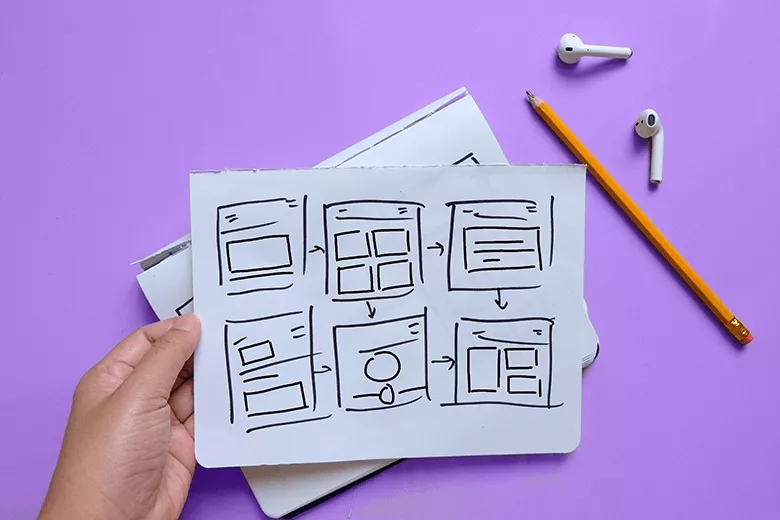Hello business entrepreneur! Ever wondered about the secret sauce behind websites that not only catch the eye but also turn visitors into loyal customers? Well, get ready for a game-changing read. This article is your roadmap to understanding websites that seamlessly blend style with efficiency, all geared toward driving stellar conversion rates. Integrating these strategies won’t just enhance the design, but also make a significant impact on your company’s online success. Ready to dive into the world of user-friendly, conversion-focused web design crafted to propel your website to new heights? Let’s get started! 🚀
Understanding the Essence of a Conversion-Focused Website
A conversion-focused website is one that strategically guides users toward a desired action, whether it’s making a purchase, filling out a form, or signing up for a newsletter. Achieving this involves a careful blend of aesthetics and functionality, emphasizing user experience to minimize decision fatigue and encourage swift, confident decisions.
Hick’s Law: Streamlining Choices for Swift Conversions
At the heart of efficient web design lies Hick’s Law, a psychological principle asserting that the time to make a decision increases with the number of choices available. As a professional web designer, I can apply this principle to streamline choices and guide users seamlessly through the conversion journey.
- Optimized Navigation: Start by simplifying navigation. Limit the number of menu items to essential categories, making it easy for users to find what they’re looking for. A well-organized menu structure reduces decision-making time, enhancing the overall user experience.
- Streamlined Forms: When incorporating forms, keep them concise. Minimize the number of fields to reduce friction, and consider progressive disclosure to reveal additional fields as needed. This not only streamlines the decision-making process but also boosts form completion rates.
- Focused Calls-to-Action (CTAs): Identify the primary actions you want users to take and concentrate on those. Fewer CTAs with clear, compelling messages increase the likelihood of conversions. Guide users toward desired actions without overwhelming them with too many choices.
- Information Hierarchy: Prioritize information hierarchically, ensuring that the most crucial details stand out. This helps users quickly grasp key points without feeling overwhelmed by excessive information, contributing to a more efficient decision-making process.
Putting it into Practice: A/B Testing and Personalization
As a professional web designer, continuous improvement is key. Utilize A/B testing to experiment with different layouts, content strategies, and CTAs. Analyze user behavior and conversion rates to refine your design choices continually.
Additionally, leverage personalization to tailor the user experience based on individual preferences and behavior. A personalized website reduces decision fatigue by presenting users with content and products aligned with their interests.
Elevating Your Web Design for Maximum Conversions
Designing a conversion-focused and efficient website requires a deep understanding of user behavior, incorporating principles like Hick’s Law to streamline choices. As a professional web designer, embracing these strategies enhances your ability to create websites that not only look visually appealing but also guide users toward swift and confident conversions. Stay attuned to user feedback, continuously refine design choices, and witness the transformative impact on your online success.



